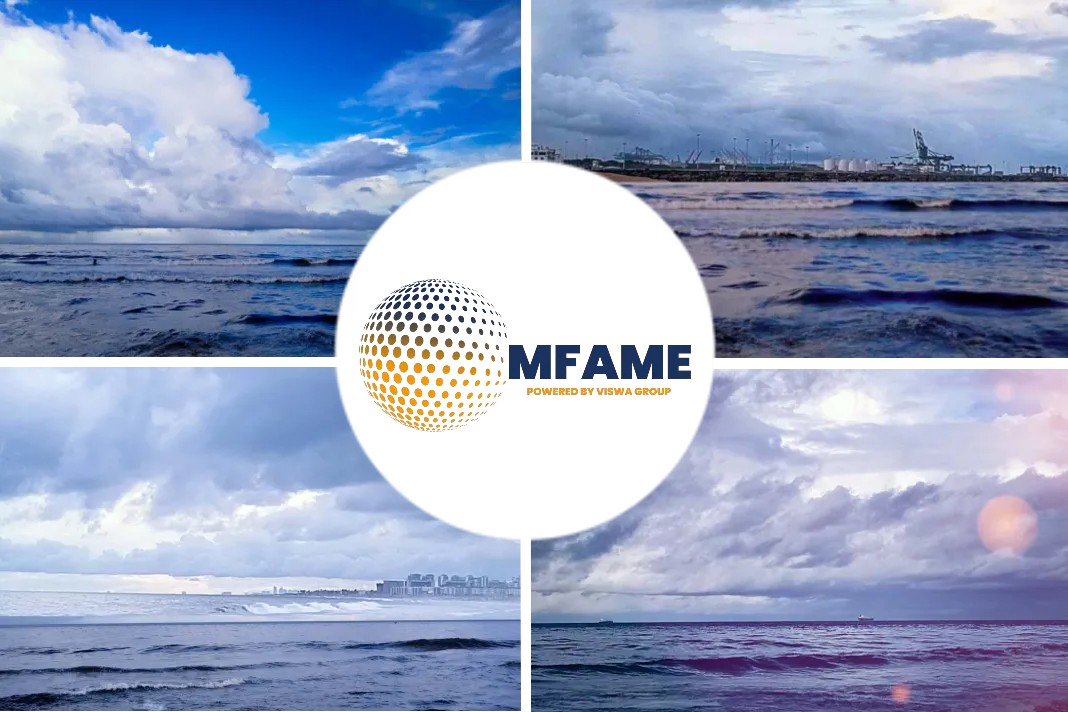By year-end, the number of dedicated LNG bunker-supply ships in service will have increased from one to five. But what does the future hold for this new vessel type?
We prefer to start with the question, what is an LNG bunker-supply ship? It’s evolving. The ships ordered so far to act as LNG bunker-supply vessels are varied – in terms of their appearance, in the capabilities they offer, in their equipment and where they can operate.
We expect the LNG bunker-supply fleet to evolve in a similar fashion to the conventional bunker fleet. In the long run, we expect in-port or in-harbour barges to supply the fuel to the ships. This will require sufficient volume to be able to make a return on investment in these assets.
Such ships do not yet exist. Titan LNG has ordered one barge. There’s also one barge on order to the US that will have a GTT membrane containment system.
All the LNG bunker-supply vessels built so far are seagoing vessels. The more costly seagoing vessels will initially unlock new demand. We expect a few more to be built, but in future, barges will become the norm. These vessels can be pretty large, certainly large enough to deliver bunkers to, say, LNG-fuelled container ships.
Shipping must optimise the supply chain and control the costs associated with LNG bunker-supply. At the same time, specialist barges require sufficient volume concentrated in one port. You need all the regulations in place.
Because that needs to develop, you need supply ships to deliver bunkers in port and offshore. These can be flexible, delivering fuel to more than one port, or shipping LNG from terminal to terminal.
Anthony Veder builds vessels that offer a hybrid solution – LNG carriers with add-ons to trade LNG and deliver bunker supplies. We aim to offer the best of both worlds.
Tougher emissions rules from 2020 will drive up demand for LNG-fuelled vessels, we believe. While this could be deferred to 2025 pending a review in 2018, it is a matter of time before shipowners must make the choice for using cleaner fuels.
This year and next will see record deliveries for LNG-fuelled vessels and we expect orders to pick up in 2018 and 2019. In Europe, we have had an emission-control area (ECA) since 2015, yet shipowners have been slow to turn to LNG. This highlights how difficult the road to LNG can be.
Many single consumers are too small to justify investing in an LNG supply chain. Take the small ethylene gas carriers that can run on LNG. These ships take on bunkers at Teesside, UK, delivered on trucks loaded at Gate Terminal in Rotterdam, the Netherlands, or in Zeebrugge, Belgium, that travel over to Britain by ferry.
The supply-chain costs mean it doesn’t make sense to run these ships on LNG. It’s not just about the commodity price; it’s the transport price. To optimise the supply chain, you must reduce the transport costs.
Demand for LNG bunker vessels seems to be picking up. We will build where we secure contract coverage. However, as the supply chain evolves, in-port barges will take over. You can then move your ship around to offer LNG bunkering, or use it to transport LNG between terminals.
Also, these vessels have a second life when these contracts finish that may not involve LNG bunker supplies. This should create a more cost-effective solution for our customers.
Did you subscribe for our daily newsletter?
It’s Free! Click here to Subscribe!
Source: LNG World Shipping
























